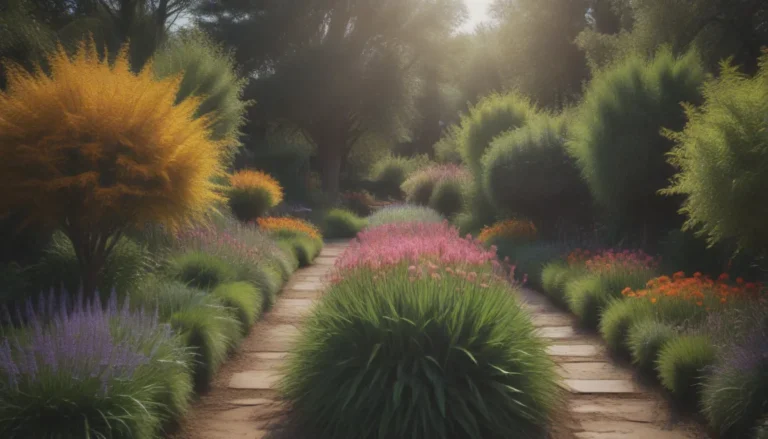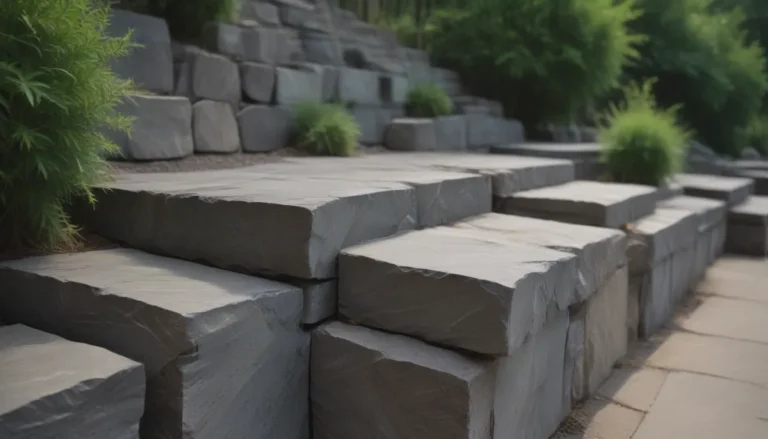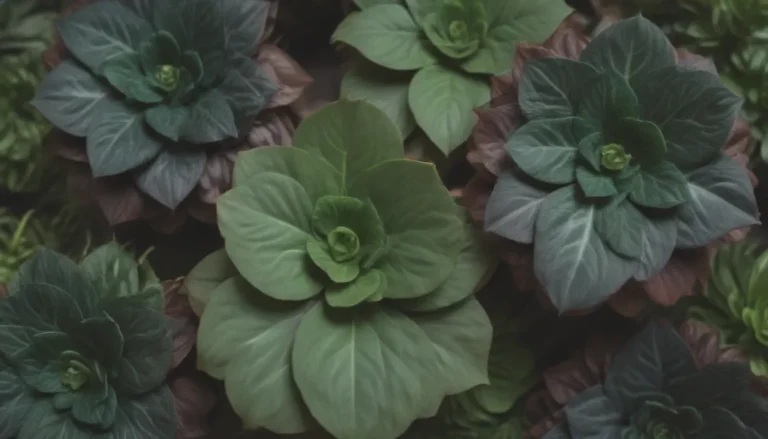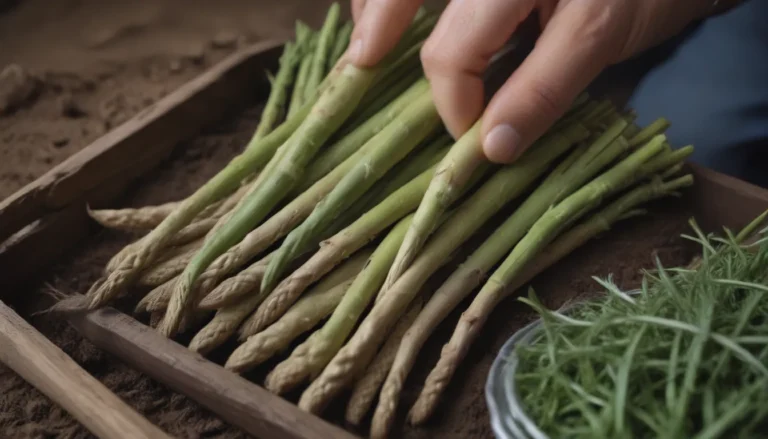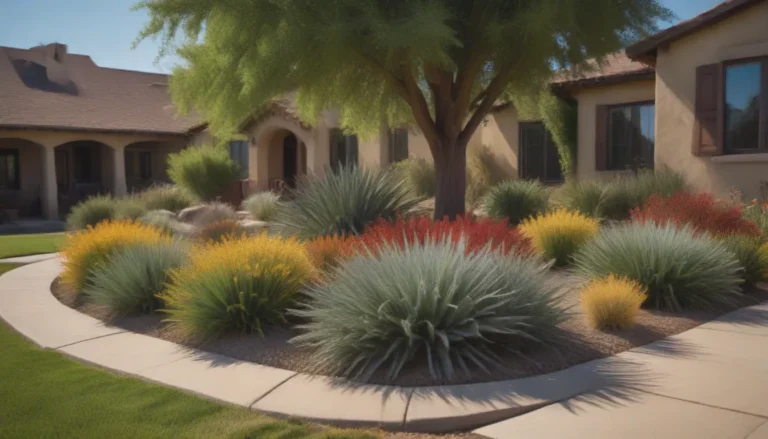Everything You Need to Know About Growing Hydrangea Serrata (Mountain Hydrangea)
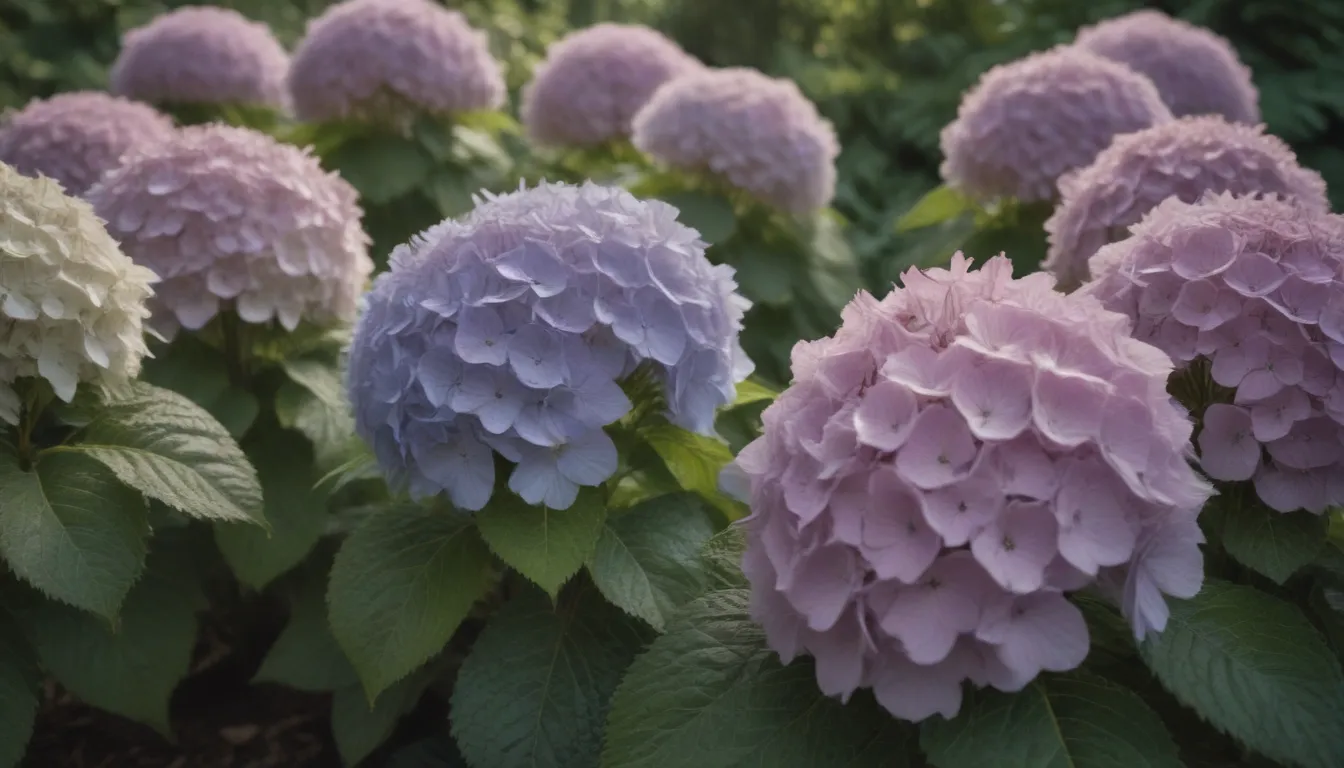
Hydrangeas are a popular choice for gardeners around the world, and it’s easy to see why. These stunning shrubs require minimal maintenance and provide a beautiful focal point in any garden. With around 75 different hydrangea species to choose from, one lesser-known variety that’s worth considering is the hardy mountain hydrangea, also known as Hydrangea serrata. In this comprehensive guide, we will explore everything you need to know to successfully grow and care for these delicate plants.
Why Choose Hydrangea Serrata?
Hydrangea serrata is a versatile plant that can be used for low privacy hedging, mass planting, foundation plantings, or even in containers on your patio. The compact, rounded habit and glossy green foliage make it a popular choice for many gardeners. Additionally, mountain hydrangeas, like Hydrangea serrata, are great for attracting pollinators to your yard, adding even more beauty and life to your outdoor space.
Hydrangea Serrata Care Tips
When it comes to caring for mountain hydrangeas, it’s all about location. Here are some essential care tips to help your Hydrangea serrata thrive:
- Light: Choose a spot with filtered sun that receives morning sun and afternoon shade, especially in warmer climates. While mountain hydrangeas are not as tolerant of extreme heat and dryness as other hydrangea varieties, they can still survive in full sun as long as the soil is kept consistently moist.
- Soil: Hydrangeas prefer rich, well-drained soil. The pH of the soil can affect the bloom color, with acidic soils producing blue flowers and alkaline soils resulting in pink blooms. You can adjust the soil pH by using aluminum sulfate for bluer shades or lime for pinker shades.
- Water: Hydrangea serrata thrives on consistent, even moisture. Waterlogged soil can lead to root rot, while allowing the plant to dry out can affect bloom production. Water deeply once the top 4 inches of soil are dry, and be sure to water at least once a week during hot summers.
- Temperature and Humidity: Mountain hydrangeas prefer temperate climates and are sensitive to hot, windy, and arid conditions. Provide a layer of mulch to protect against frost and retain moisture. Mature plants can withstand cold temperatures, but new growth is vulnerable to spring frosts.
- Fertilizer: Use a balanced fertilizer in early spring to promote growth and healthy blooms. Avoid fertilizing in late summer to prevent new growth that can be killed off by winter frosts. Choose a fertilizer with a higher phosphorus content to encourage abundant flowers.
Types of Hydrangea Serrata
While most mountain hydrangeas are lacecap form, there are some cultivars that feature the traditional large globe mophead form. Some popular cultivars of Hydrangea serrata include:
- Hydrangea serrata ‘Blue Bird’
- Hydrangea serrata ‘Tiny Tiny Stuff’
- Hydrangea serrata ‘Pink Dynamo’
Pruning and Propagating Hydrangea Serrata
Mountain hydrangeas bloom on both old and new wood, so they require minimal pruning. Remove weak, damaged, or dead growth in the spring and cut back older growth every few years. You can also propagate your Hydrangea serrata from softwood stem cuttings for a chance at success.
Overwintering and Common Pests
While Hydrangea serrata is a hardy variety, it’s important to protect it from late frosts by using burlap and straw. Watch for pests such as aphids and be on the lookout for diseases like bacterial wilt and powdery mildew. Providing proper care and attention will help your mountain hydrangeas thrive and bloom beautifully for years to come.
Troubleshooting Common Problems
Even low-maintenance plants like Hydrangea serrata can develop issues. Here are some common problems and solutions to keep your shrubs healthy and vibrant:
- Yellowing Leaves: Adjust watering and fertilizing to ensure your plant is getting the right amount of moisture and nutrients.
- Drooping Leaves: Water deeply when the top soil is dry to give your shrub the hydration it needs.
- Browning Tips: Avoid over-fertilizing and excessive sunlight to prevent scorching of the foliage tips.
With proper care and attention, your Hydrangea serrata will reward you with a stunning display of fragrant blooms from early summer through fall. By following these tips and guidelines, you can ensure that your mountain hydrangeas thrive and bring beauty to your garden for many years to come.
